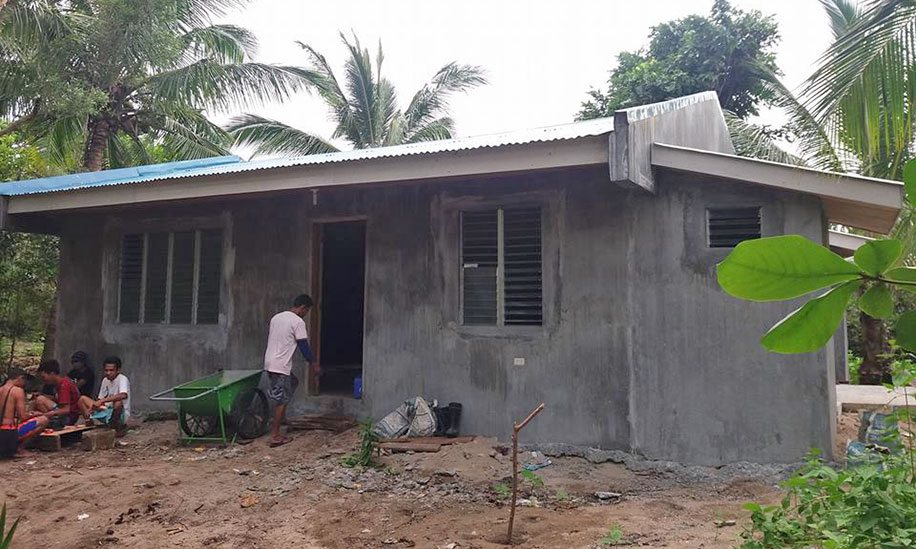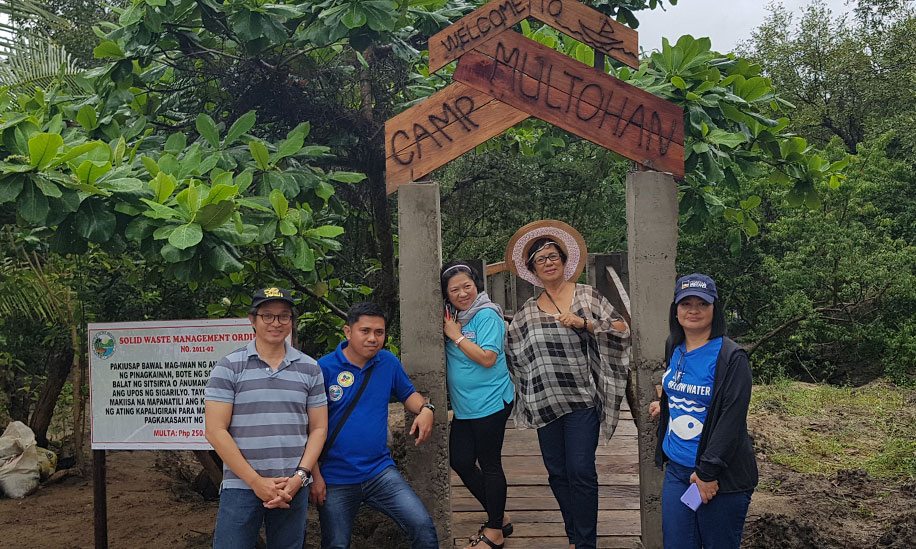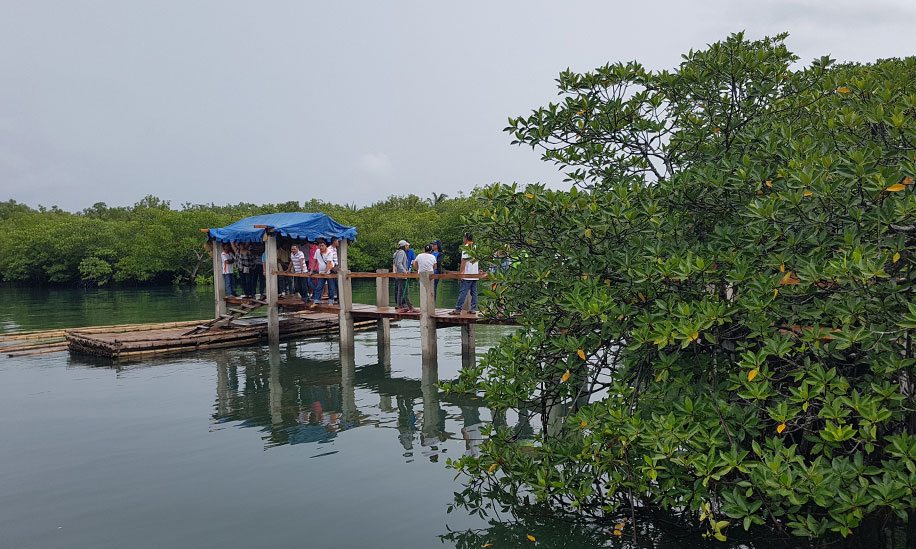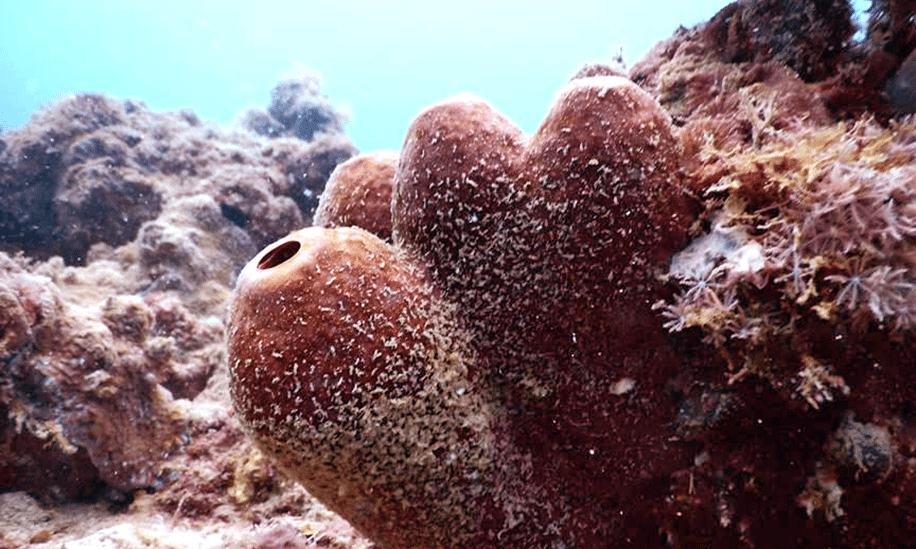The municipality of Agdangan, which is located on the largest island in the Philippines, includes a dozen villages or barangays. Agdangan has an extensive coral reef area and dense mangrove forests.
Human activities, however, threaten both the mangroves and the reefs. People dump trash in the mangroves and cut down trees for household construction. Fishers, primarily from neighboring villages, use illegal methods such as banned kinds of nets, dynamite fishing, and cyanide.
The Agdangan community, however, is known for strict enforcement of fisheries laws. It will protect two no-take fish sanctuaries: one existing (Bahurang Silag) and one proposed (Lawis). Community members deputized as fish wardens will help enforce the rules. The municipal government will provide policy and financial support, and it will employ a Fishery Law Enforcement Team to patrol the protected areas.
The community will also protect 124 acres (50 hectares) of mangroves. Currently, forest covers about 60% of that area; the community will replant the rest. Fisherfolk groups will manage the mangrove protection and take primary responsibility for replanting, with technical help from government agencies.
Working with the Tambuyog Development Center, the community will use a Seacology grant to build an information center and boardwalk in the mangrove area. These facilities will showcase local conservation of coastal resources.





